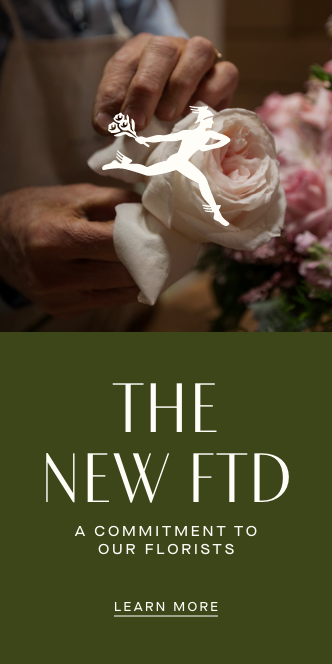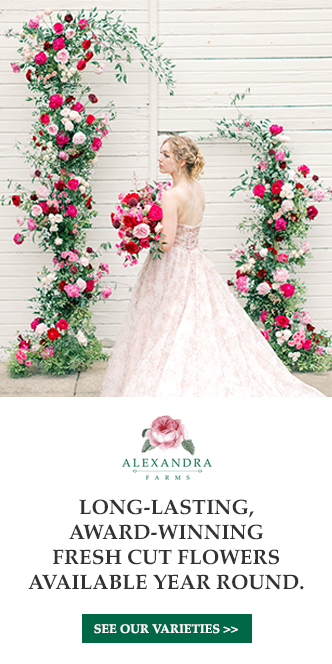The Black Dahlia flower embodies a rare blend of beauty, depth, and story. Though no dahlia is truly black, these dark-toned blooms—ranging from deep burgundy to plum—create an almost-black illusion under certain light. Their velvety petals, strong form, and cultural mystique make them favorites among both gardeners and floral designers. Whether adding sophistication to a summer garden or moody drama to a bouquet, the Black Dahlia is a bloom that lingers in memory.
FAQ
Is the Black Dahlia real?
Yes—though the “black” is an illusion. Varieties such as Arabian Night, Black Beauty, Karma Choc, and Chat Noir display deep burgundy or maroon petals so dark they appear black in certain light. Most belong to the decorative or semi-cactus dahlia classes, whose layered petals absorb light, enhancing their shadowy appearance. While planted in late spring, you may notice a small burst of yellow pollen at the center—an authentic, living detail that reminds us this is no myth, but a natural marvel.
Why is it called the Black Dahlia?
The name’s dark allure stems from 1947, when Los Angeles reporters dubbed aspiring actress Elizabeth Short the “Black Dahlia” during coverage of her infamous, still-unsolved murder. Growers later borrowed the name for their darkest dahlia cultivars, sealing the flower’s association with drama, mystery, and noir elegance. Today, the title persists, more connected to aesthetic mood than tragedy, yet still evoking a sense of intrigue.
What does the Black Dahlia symbolize?
In Victorian floriography, dahlias conveyed dignity, elegance, and steadfast commitment. Darker shades introduced deeper symbolism: secrecy, transformation, resilience, and even farewell. Today, these meanings have expanded to include personal reinvention, empowerment, and inner strength. Presenting a Black Dahlia can signal the end of one chapter and the bold embrace of another, making it a powerful flower for life milestones, from graduations to weddings to memorials.
Can I grow Black Dahlias from seed or tuber?
Yes—but most gardeners choose tubers. Tubers sprout quickly, typically within two weeks of planting 10 cm deep once soil warms to about 15 °C (60 °F). Seeds are less costly but may take an extra season to produce blooms. No matter your starting point, Black Dahlias thrive in rich, well-drained soil with full sun exposure and steady watering to prevent rot. Tall varieties benefit from early staking to keep stems upright and blooms pristine.
How do I start Black Dahlias in spring for summer blooms?
For early flowers, start tubers indoors in pots in early spring, or plant directly in the garden after the last frost. Position tubers horizontally with the “eye” facing up, cover lightly with soil, and expect shoots within 7–10 days. Fertilize with a potassium-rich blend to intensify dark color and encourage strong stems. Deadhead spent blooms weekly to prolong the display well into autumn, and mulch to help retain soil moisture during warm months.
Are Black Dahlias prone to disease?
Yes—like all dahlias, they can be vulnerable to powdery mildew, botrytis, and mosaic virus, which causes mottled leaves. Prevention is key: clear debris from beds each spring, space plants for airflow, and disinfect pruning tools. Aphids, a common virus carrier, can be managed with timely neem-oil applications. Good drainage and healthy soil will keep plants robust, allowing these dramatic blooms to shine from midsummer to the first frost.

Top Black Dahlia Varieties to Know
1. Arabian Night
One of the most famous “black” dahlias, Arabian Night produces lush, rounded blooms in velvety maroon so dark they appear nearly black. Bred in the Netherlands in 1951, it remains a florist favorite for moody bouquets and late-summer drama.
2. Black Beauty
Bred by Holyhill Dahlias, Black Beauty offers deep burgundy petals with a soft velvet sheen. Its strong stems and long vase life make it equally at home in cutting gardens and high-end floral design.
3. Karma Choc
This chocolate-plum-toned dahlia from Dutch breeder Verwer Dahlias combines bold color with durability. Long stems, a rich tone, and an impressive vase life have made it a staple for both wedding florals and editorial work.
4. Chat Noir
Known for its dramatic form and deep, almost-black petals radiating from a dark center, Chat Noir adds striking texture and contrast to arrangements. It thrives in cooler climates and is a standout in specialty cut flower farms.























